
Is life ever going to return to normal? Will we be able to get back on the banks this summer? How should we approach it if we are?
In eager anticipation of an early summer angling opportunity, we have asked our friend, that most eloquent of anglers Matt Eaton, to offer some tips, for once we’re all allowed out again…
1. The first day back.
When we are finally allowed back on the lake there are going to be a lot of anglers wanting to fish. It might seem like a good idea to be there at the start but, in reality, that first night is probably going to be a jolly good social although the fishing will be bit of a lottery. You might get a decent swim, but you will have a better chance getting on fish if you time your session for a day or so later when the hoards have gone home.
2. Following the wind.
Following the wind is often given out as blanket advice for locating carp but there are times when it applies and others when it does not. Early summer is, most certainly, one of those periods when it does. I would not set up blindly on the end of the wind, however the bank receiving it will be one of my first ports of call when I am attempting to locate the whereabouts of fish. Without any anglers they will have been acting a little more naturally and won’t have been moved about by pressure. It’s not just a South-westerly that the fish love either so, assuming it’s warm when we wet a line again, a wind from any direction is likely to have carp following it, staying on it and feeding on it.
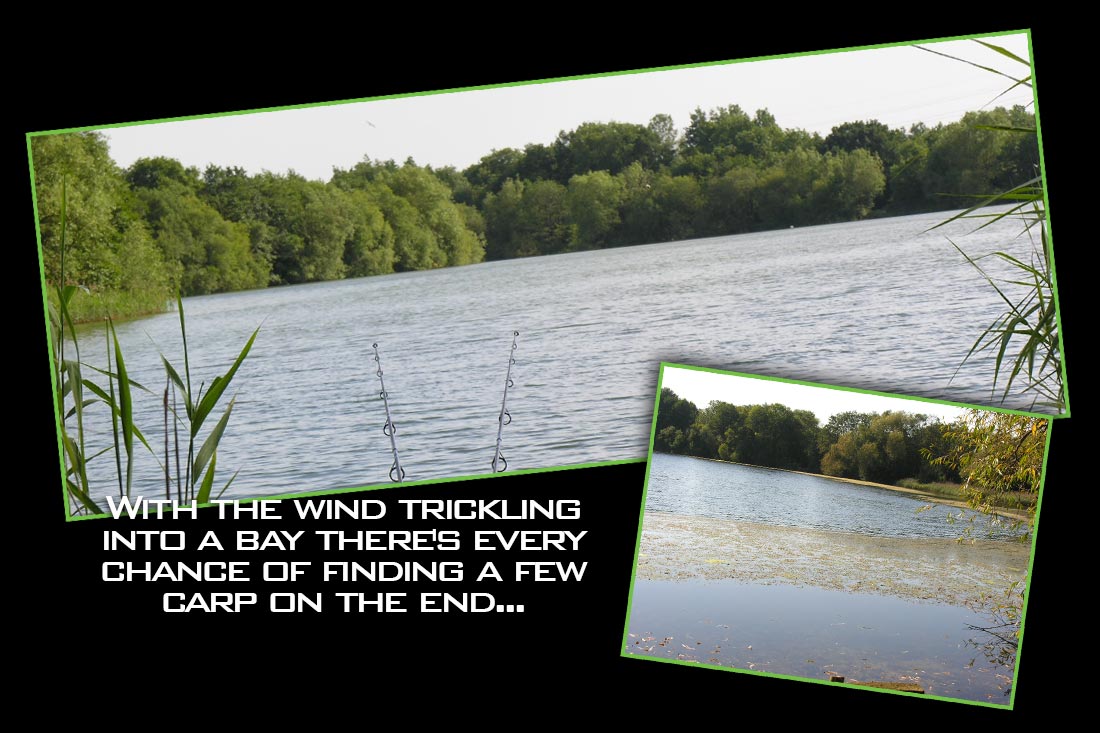
3. Little and often.
Feeding little and often, as a match angler does, has served me well during late spring/early summer. A big bed of bait isn’t always the way forward and might seem a bit alien to your quarry, having not seen bait for a few weeks. Sticking out a dozen boilies or a couple of Pocket Rockets full of particles every so often keeps the swim topped up and active without overfeeding it. It is an approach that doesn’t get used very much with most anglers preferring to bait and wait. Carp might well be a bit naive, having been left alone for the whole of the lockdown, and you will be able to get away with a small amount of disturbance every couple of hours. It is possible to build a swim up and really get it rocking like this. A good few years ago I had six bites in 36 hours from Horton using this approach in June on the first night after the closed season. I topped up with three or four of the smallest Pocket Rockets (mini) after each take to keep the bites coming.
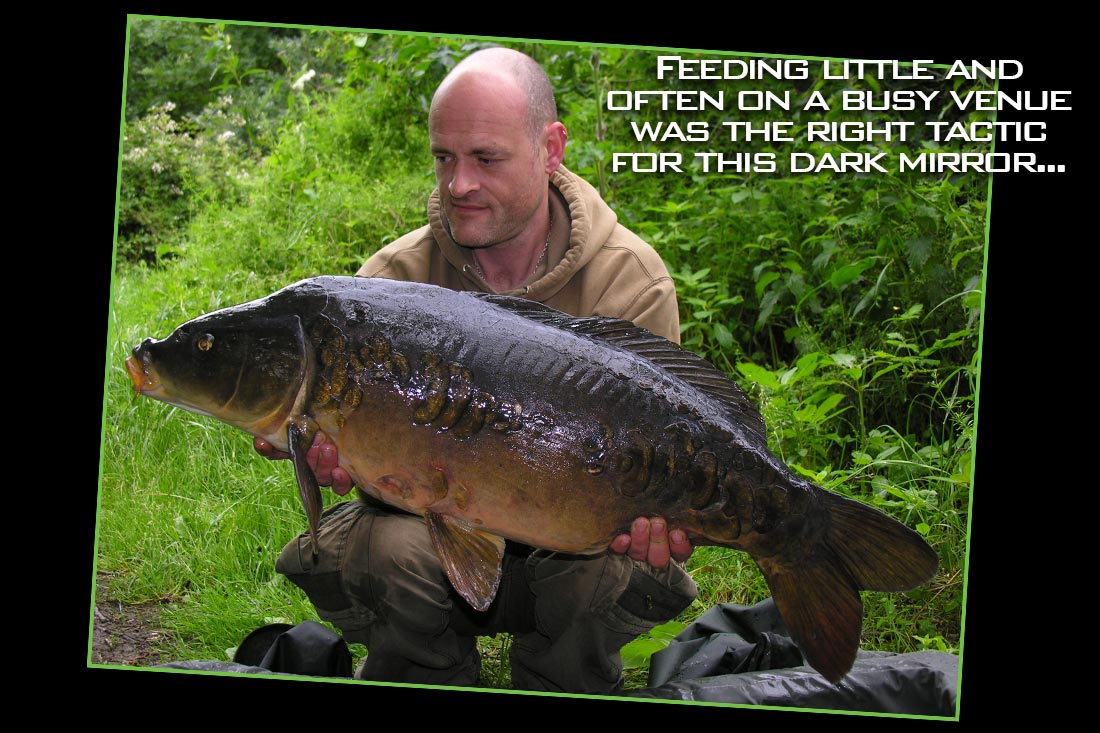
4. Fishing off the barrow.
It is going to be busy on the banks when we are allowed back on so it could prove difficult to get on the fish. If it is like musical swims on my venue, it’ll be to my advantage to fish off my barrow. Hopefully, there will be plenty of daylight so I can leave it quite late before making a decision and still set up before dark. A certain amount of organisation is required to make this feasible. For instance, I keep my tea kit in a separate bag so I can make a brew without unloading, make sure my tackle box is accessible and leave my bobbins attached to the bite alarms to make life easier. With most of the kit on the barrow I can react quicker than anyone else and move on the fish without any delay. Keep your eyes peeled and get on ‘em before someone else does.
5. Keeping an open mind with bait quantity.
It is going to be very tempting to assume that they will be right up for it as they won’t have seen any bait for some weeks. That may be so, but I will still be paying close attention to the weather conditions, air pressure, angler pressure etc in order to determine their attitude to bait. They are unlikely to have starved without us feeding them and will have turned to whatever natural food sources are available. In fact they might take a little bit of weaning off them if they’ve found an abundant natural larder and really tuned into it. I’ll make sure I’ve got enough bait with me to take advantage of when they are ready to get their heads down but I envisage that, whilst they’ll be up for a proper feed some days, they could be very picky on others. I’ll be keeping an open mind until I can judge what is going on and err on the side of caution, until I see evidence that the fish are feeding hard, before I set to work with the catapult.
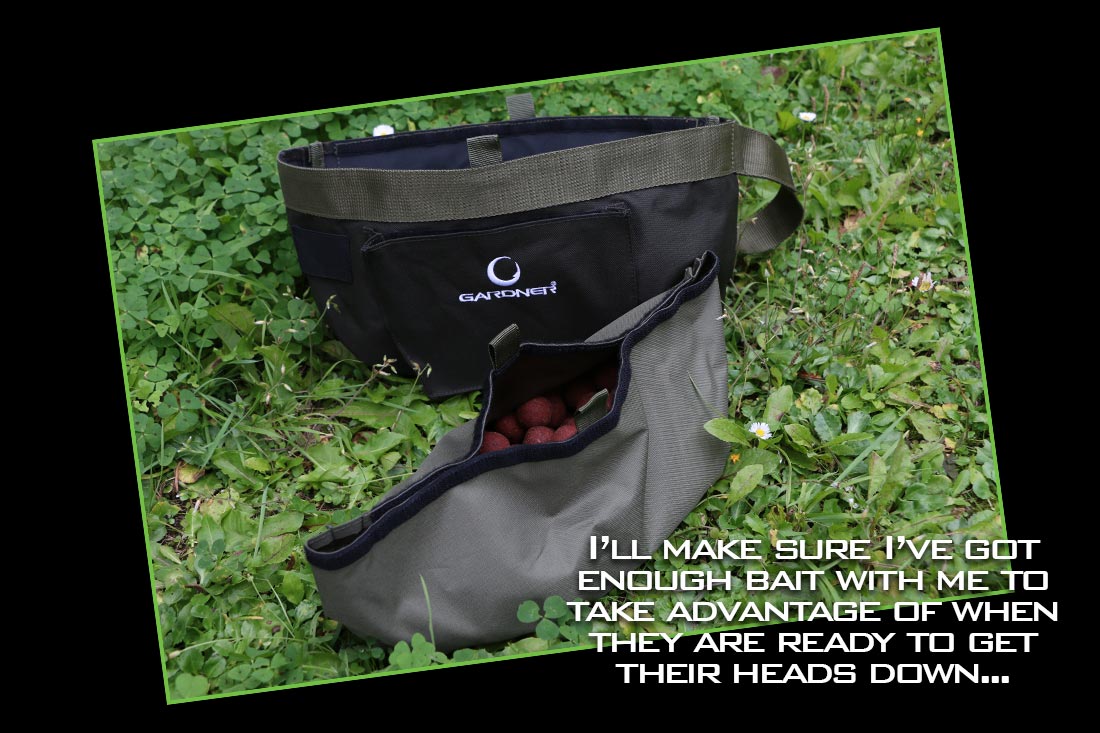
6. Air drying your baits from the start.
A bankside absence means some of you might want to go for longer than usual and that means taking more bait. If it is early summer when we grace the banks once again it’ll probably be warm but also humid, which means bait will turn quickly. It’s too late to leave it a day or so and during the warmer months I defrost my bait in an air-dry bag to keep it in tip top condition throughout my stay. It is then left out (hanging in a tree or from a bank stick) during daylight hours. Not only does this stop them going mouldy but will make them a bit harder for throwing stick work. Do not leave them hanging in a tree overnight though. Rats and mice are expert climbers and you will have holes in the air-dry bag by morning! If you don’t use them all, you’ll be able to take them home and pop ‘em back in the freezer or, if you’re on a mammoth session, they’ll stay fresh throughout.
7. Keep disturbance to a minimum.
The banks are going to be well populated by anglers after all this and a busy lake means that the fish are under pressure. By keeping disturbance to a minimum your swim can act like a safe haven to carp – an area where they unaware of an angler’s presence. There are several little things that can be done to mitigate the effect of your presence. Avoiding the use of marker floats, using very slack lines, setting up well back and keeping bankside disturbance down will all help. Another thing worth considering is not recasting too often. You need to be sure that your trap is still effective though and to do that I would use a hard hookbait that will not have come off or a pop-up tied on with floss. I’ll make sure I’m the cast is bang on the money and use a rig that isn’t prone to tangles. Utilising a stiff coated braid such as Stiff Ultra Skin over a clear lakebed gives me confidence that it is sitting pretty. Its rigidity resists looping and tangling whilst remaining well camouflaged. I am then more than happy to leave them in position for 24 or even 48 hours rather than disturb the area.

8. Quiet alarms.
This is going to be a busy time of year on our lakes. Not only will everyone be back after the enforced lay off but there might even be some new keenies that have joined. Be it syndicate, club or day ticket it is not going to be just you against the fish, but the other anglers as well. Now, I’m not suggesting that you lie or keep secrets but there is no point in advertising things and letting all and sundry know that it’s going off in your swim. If everyone knows that you are on fish and catching you could soon find people moving into the swim opposite/next door, putting the fish under increased pressure or even casting all over you. By turning the volume on your buzzers right down and keeping your sounder box nearby on low volume, or on vibrate in your pocket, so that you’ll know if something occurs, you’ll not be broadcasting to everyone that you are catching. Making sure you have self take kit is advisable too and you will have had plenty of time to practice. Resting your camera on buckets will not be sufficient and you’ll need to get hold of a tripod or bank stick adapter to offer support along with an infra red remote or intervalometer.
9. Matching food baits.
If we’ve been shut down for an extended period our return could be a bit of a shock to our quarry. That means it might be best to be as subtle as possible so as not to arouse suspicion. I’d say now is therefore the time to use proper food baits. A matching pop-up or bottom bait in amongst them should not be treated with too much suspicion. For me it’s similarly coloured nut-based pop-ups or balanced baits over a spread of 14mmers. For right in the edge it will be a subtle, trimmed down wafter with a couple of handfuls each of pellets and chops. I might even add a few particles to the mix.
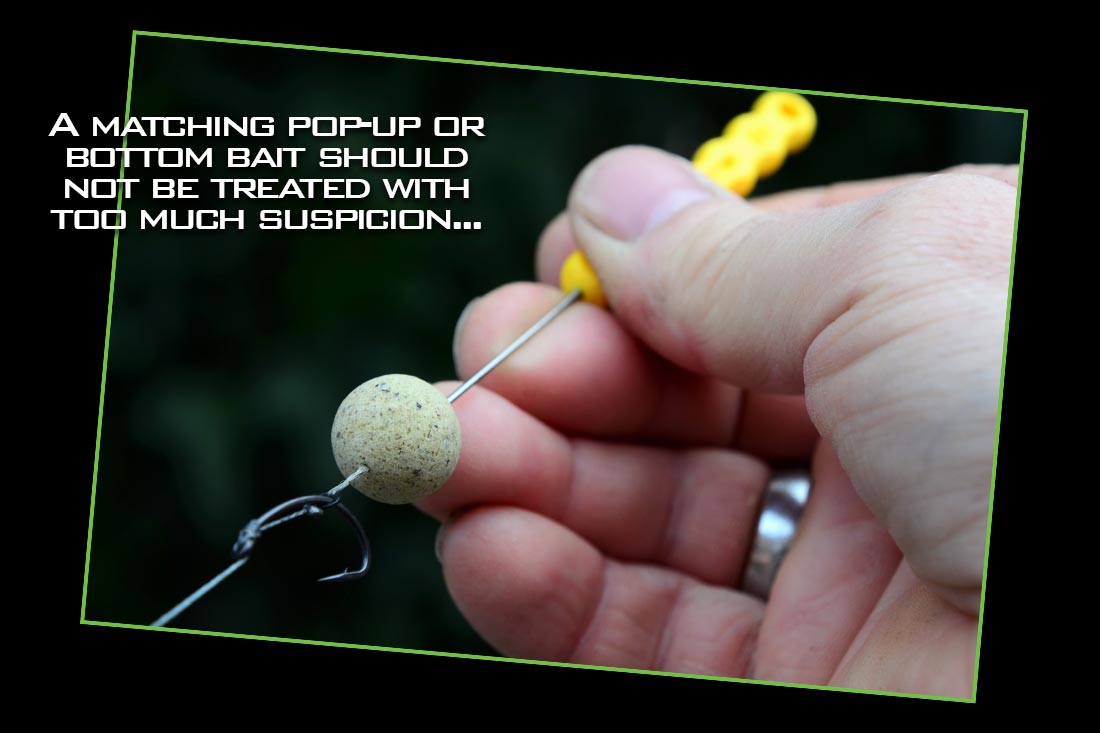
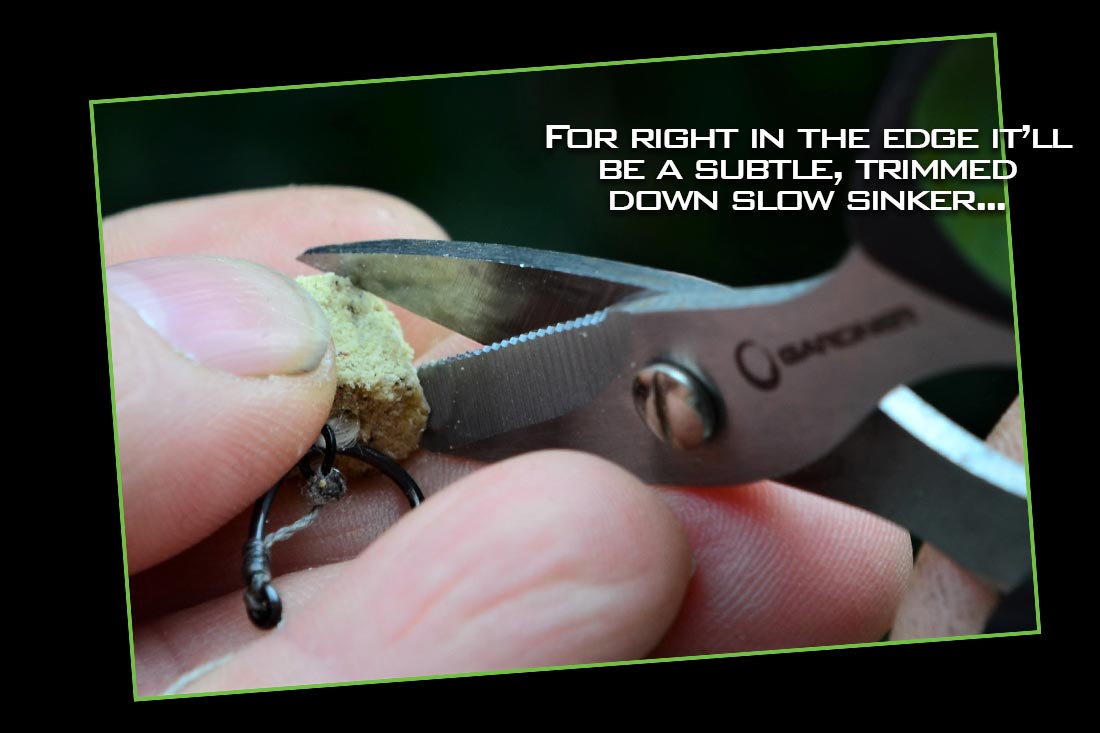
10. Make the most of it while you can.
Our waters will have been completely unpressured for a while so expect to see a flurry of captures when you are allowed back on. Some fish will get caught more than once and, if it is prior to spawning, will be at their biggest weights giving you maximum chance of a PB. It’s as well to get on the bank as much as you can in order to capitalise until the pressure tells and they revert to being tricky to catch. Let’s face it you have probably built up a whole load of brownie points and those at home will be glad to get rid of you for a bit! Whenever and wherever I go I will be only too aware of the need to appreciate my opportunities to angle now more so than ever.


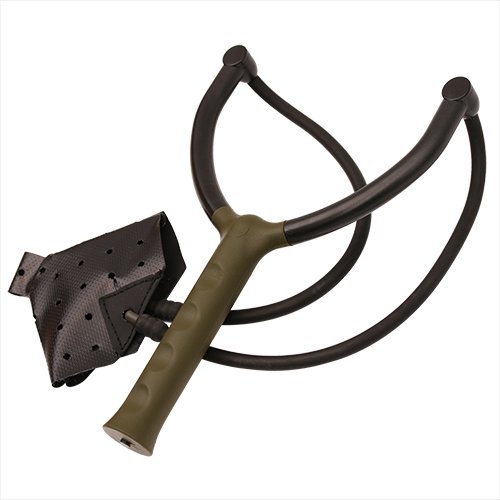
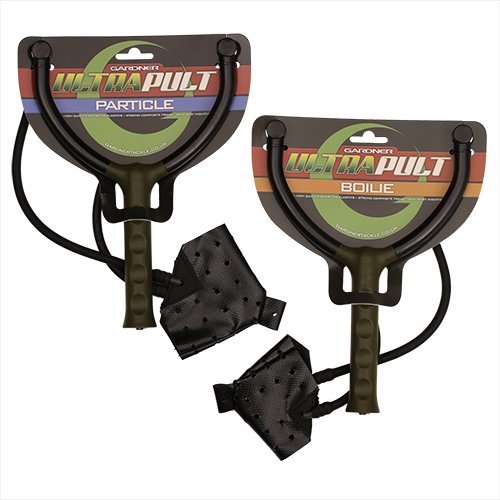
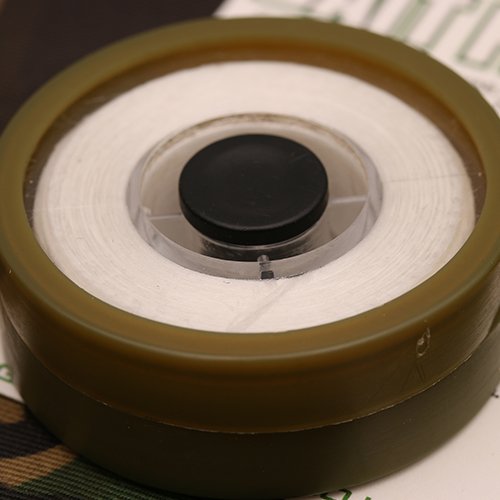
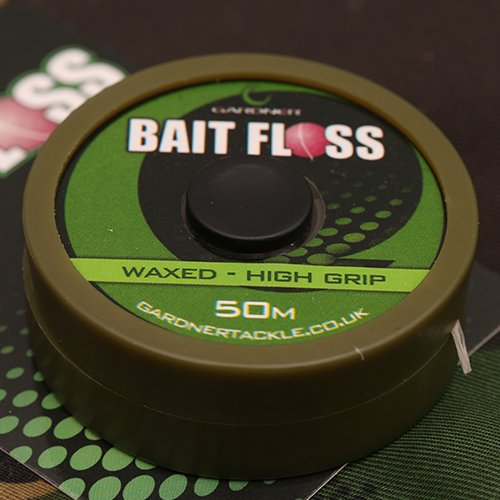
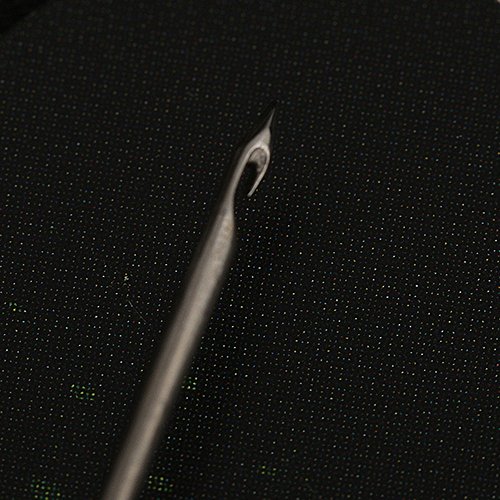
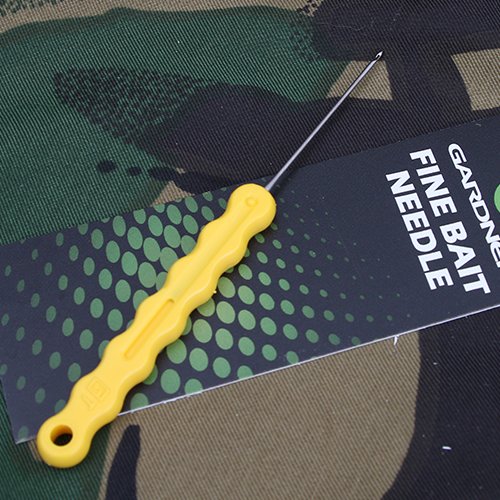
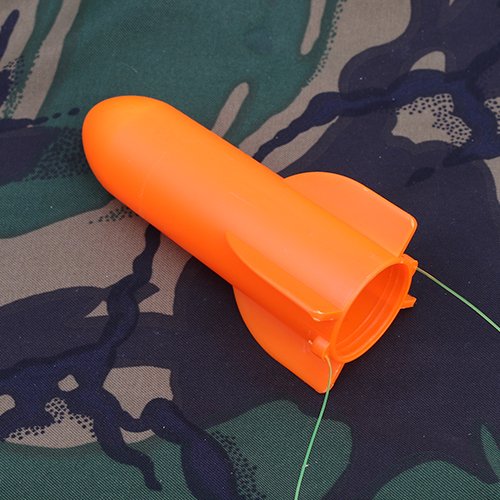
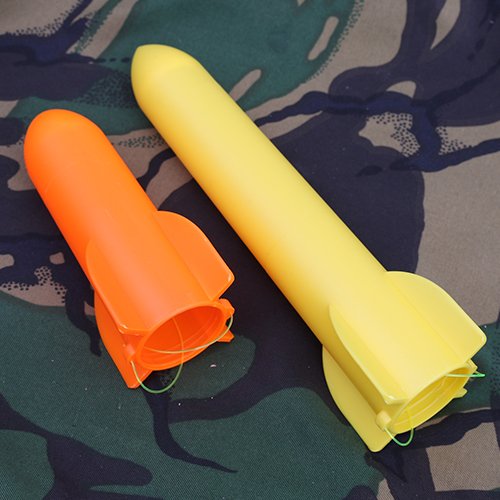
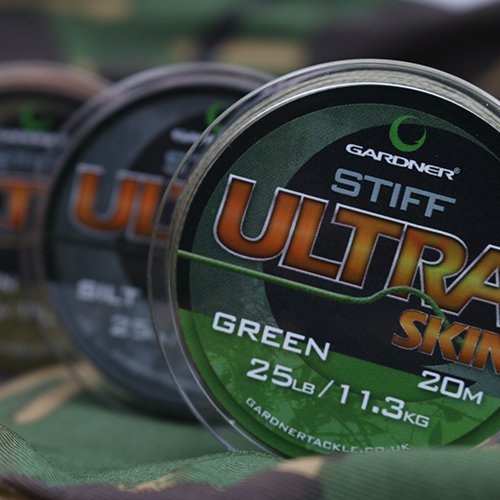


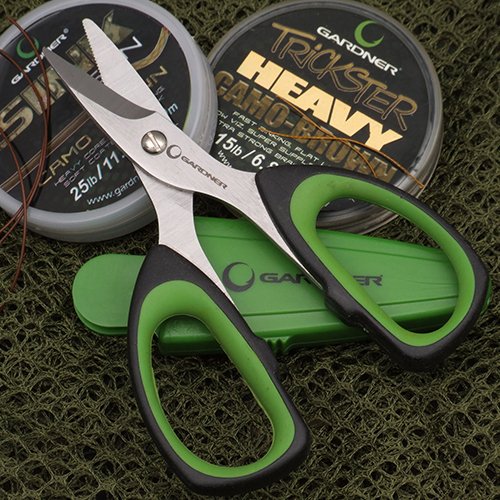


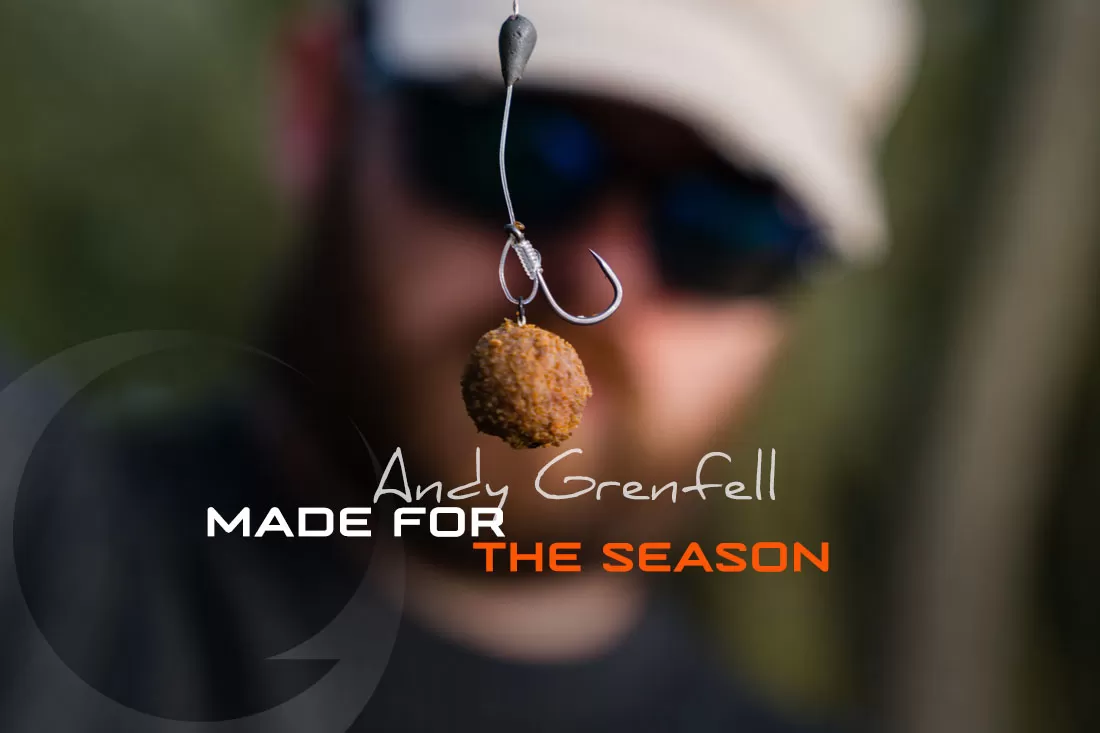
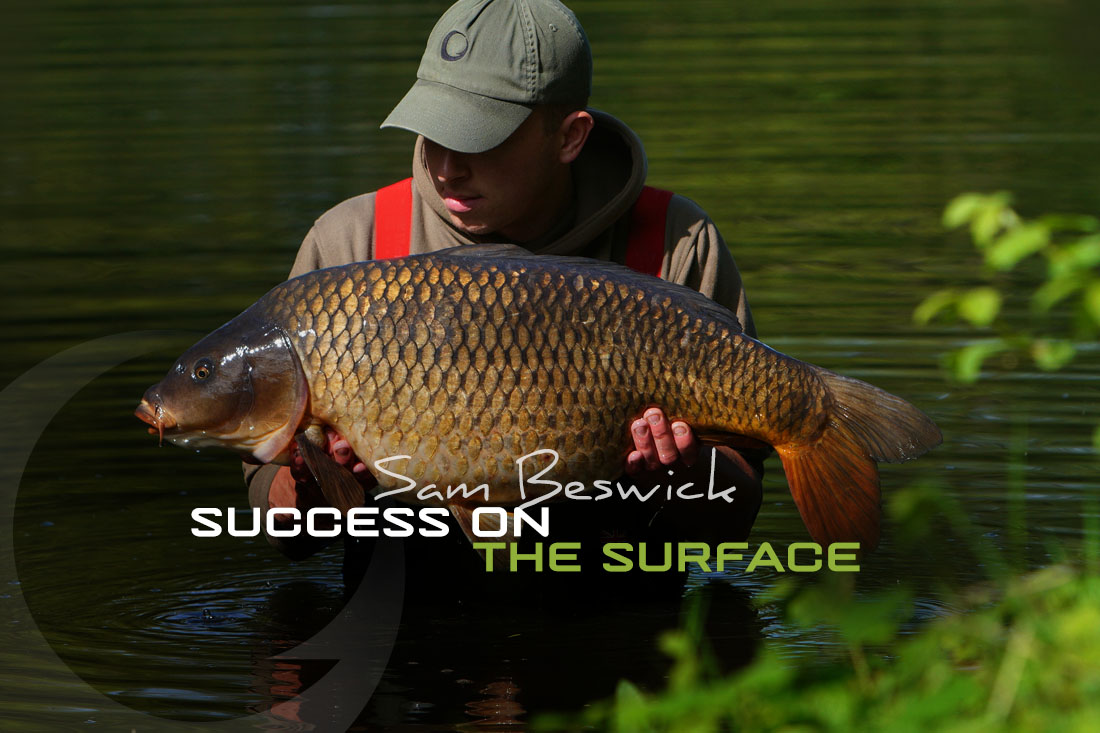

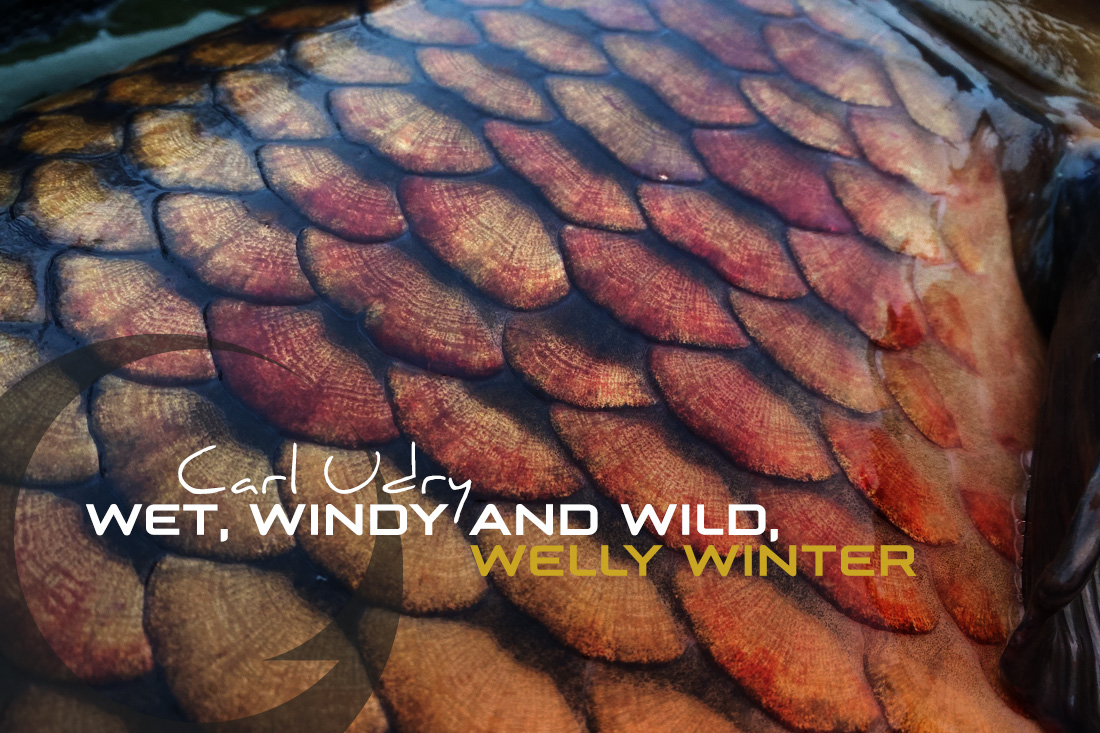
Leave A Comment
You must be logged in to post a comment.